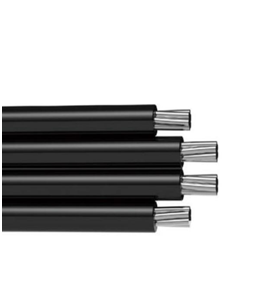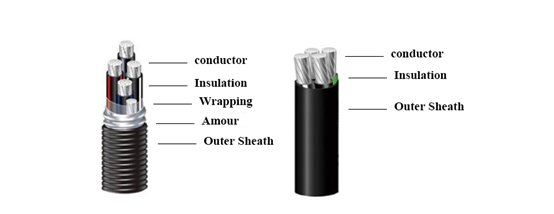The switch is closely related to our lives, both at the manufacturing site and in our daily lives. The switch is controlled by an external force to mechanically switch electrical signals. Specifically, it functions by "on", "off" operation of the electronic circuit or switching of the circuit itself.
As shown in Figure 1, after the power supply and the luminaire are connected to the switch, the "on" operation can be turned on by the "press switch" external force to turn on the light or "off" to turn off the light. In addition, FIG. 2 is an example of using a switch by a switching operation of a circuit. In the state where the switch is not pressed, the lamp of the L1 circuit is turned on, and the switch is switched after the switch is turned on to illuminate the lamp of the L2 circuit.
Figure 1: Using the switch with the "on" / "off" operation
Figure 2: Using switches for circuit switching operations
Classified by contact type
The switch can be divided into three types: a type contact, b type contact and c type contact according to the contact type. The contact type refers to the relationship between the operating condition and the contact state after the "operation (pressing) switch, the contact is closed". It is necessary to select a switch of the appropriate contact type depending on the application. Let's briefly introduce the switches of each contact type.
(1) Type a contact switch
The a-type contact switch means that when the switch is not pressed, the two contact points are in an off state, and when they are pressed, they become conductive. When you want to operate the switch operation load (lights, motors, etc., which are connected to the circuit to consume electrical energy), use the a-type contact switch. The circuit shown in Figure 1 uses the a-type contact switch. When the switch is not pressed, the light is off. When the switch is pressed, the light is illuminated (Figure 3).
Figure 3: Example of using a type a contact switch
The same figure as in Figure 1. It can be seen that the a-type contact switch is used.
(2) b type contact switch
The b-type contact is the type of contact that is exactly the opposite of the a-type contact. That is to say, when the switch is not pressed, the two contacts are in an on state, and when the switch is pressed, the state is turned off. The circuit of Figure 4 is lit when the switch is not pressed, and is turned off when the switch is pressed. The b-type contact switch is used when the load is stopped by operating the switch.
Figure 4: Using a b-type contact switch
In contrast to the a-type contact switch, the switch is turned off when the switch is pressed.
(3) c-type contact switch
The c-type contact switch combines the a-type contact and the b-type contact to form a switch. The terminals of the c-type contacts have three types: common terminal (COM), normally closed terminal (NC), and normally open terminal (NO:) (Fig. 5). When the switch is not pressed, the common terminal and the normally closed terminal are turned on, and when the switch is pressed, the common terminal and the normally open terminal are turned on. The purpose of the c-type contact switch is to switch two circuits by switching operation.
Figure 5: Using a c-type contact switch
The combination of the a-type contact and the b-type contact can be used to switch circuits.
XLPE Insulated PVC sheath Alloy Cable is kind of cable, in which the rare earth high
compressed aluminium alloy is used as conductor, and PVC is used as Jacket
wound around. The insulation adopts XLPE material, featuring with fire & moisture resistance. The whole structure is
designed and manufactured elaborately based
on advanced international technology and equipment.
It has completely independent intellectual property rights and removed
the defects of aluminum cable systematically. It applies to both dry and moist
places at the temperature of 90ºC and
under. This cable presents excellent
mechanical performance.
Standard: GA306 Jacket: PVC
Conductor: aluminum alloy Cores: single core or multicores
Insulation: XLPE Feature: flame retarded
Rated voltage: 0.6/1KV, 8.7/10KV,
8.7/15KV, 26/35KV

Advantages:
-
Conductor fatigue resistance
-
Light weight
-
Easy installation
-
Long life span
-
Flame retarded
-
Decent mechanical strength
-
Chemical & acid resistance
-
Creep resistance
-
Impact resistance
-
Easy to bend
-
Fire resistant
-
Zero halogen & low smoke
-
Corrosion & abrasion resistant
-
...
-

Application:
-
For civil use
-
For commercial use
-
For industrial use
-
Schools
-
Large venus
-
And many more...
Welcome to visit our factory to learn more about us. If
you have any questions, please feel free to contact us.
XLPE Insulated PVC Sheathed Alloy Cable
XLPE Insulated PVC Sheathed Alloy Cable,XLPE Insulated Al Alloy Cables,Aluminum Alloy XLPE Cables,Al Alloy Armoured XLPE Cables
Fujian Lien Technology Co.,Ltd , http://www.liencable.com






